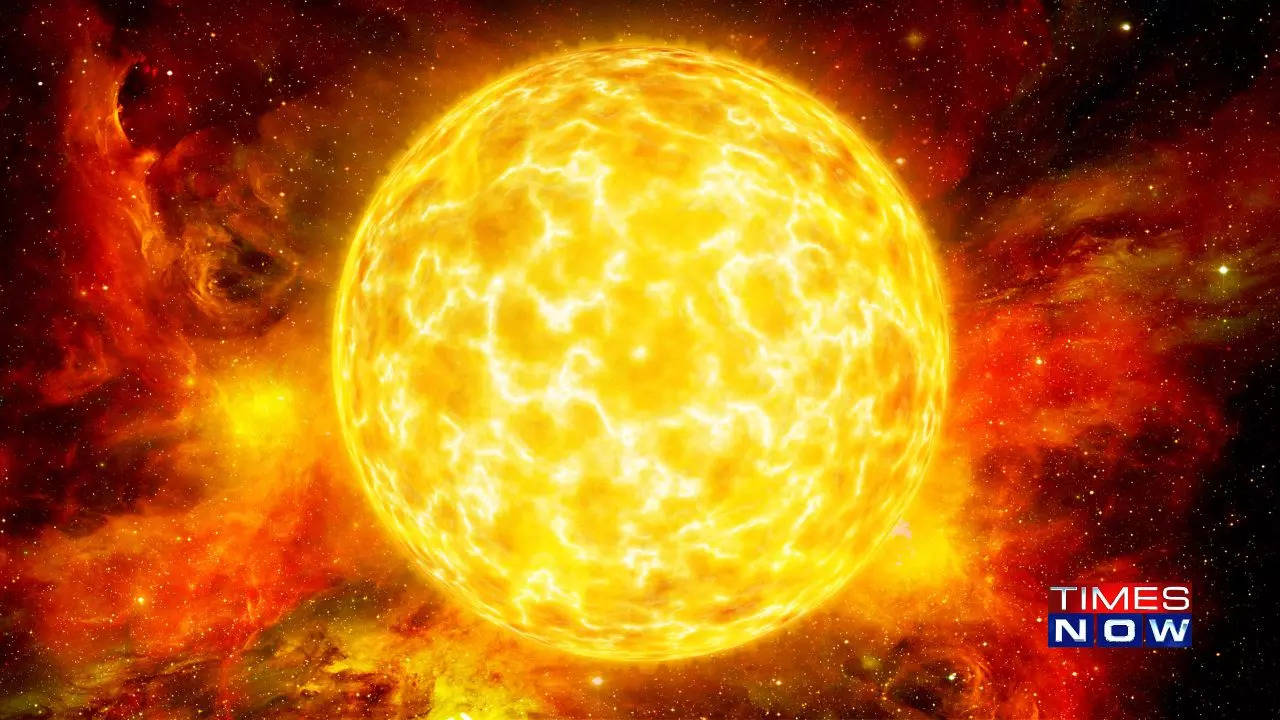Dazzling auroras, disrupted power grids and next solar storm expected – What you need to know
Solar storms have always been the matter of concern for the Earthlings due to their potential risk associated with the geomagnetic storms. The Carrington event, which is considered to be the most intense geomagnetic storm in the history in 1859, created havoc with technology. During this most severe geomagnetic storm, the telegraph communications failed across the world, which left the communications affected.
To avoid such event again and be prepared in advance, the National Oceanic and Atmospheric Administration (NOAA) keep the track of all the solar storms and geomagnetic storm impact on Earth. As per the NOAA experts, Earth is expected to be impacted by a G1-class geomagnetic storm today.
“NOAA forecasters say that G1-class geomagnetic storms are possible on July 3rd when this CME is expected to graze Earth’s magnetic field. The approaching CME was hurled into space by an erupting magnetic filament in the sun‘s southern hemisphere,” SpaceWeather.com report mentioned.
However, you don’t need to worry as a G1-class geomagnetic storm is a minor store. As per the NOAA, the geomagnetic storms are classified on the scale of G1 to G5, where G1 is the weeakest geomagnetic storm while the G5 is the strongest.
Still, it must be noted that while the these geomagnetic storms are classified as minor, they can still cause minor fluctuations in power grids and have a small impact on satellite operations. If not that, you can expect auroras at higher latitudes.
Radio Blackouts Expected
NOAA’s 3-day forecast further revealed that there is a chance for R1-R2 (Minor-Moderate) radio blackouts over 3-5th July. You must know that radio blackouts means the faded period of radio communications for a prolonged period, especially due to the high frequency ranger from ionospheric changes because of increased solar activity.
Hence, it is important to track solar storms and their impact on Earth. NOAA tracks solar flares and coronal mass ejections (CMEs).




